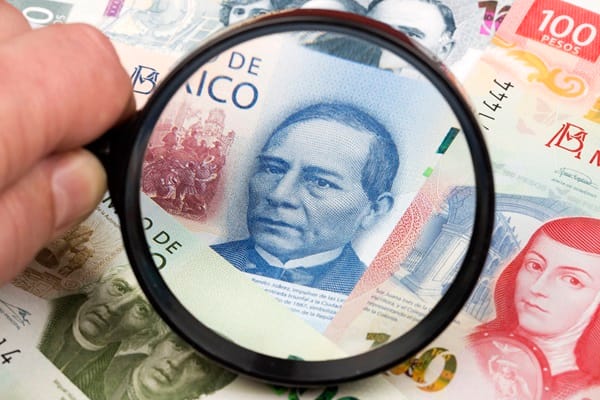
The Colombian peso has shown resilience recently, strengthening for three consecutive days as of December 6, 2024. This upward trend is primarily driven by a 3.8% increase in October exports year-over-year, with significant contributions from agricultural exports such as coffee, fruits, and flowers [cd0c06cc]. Additionally, the weakness of the U.S. dollar has provided further support to the peso's performance in the foreign exchange market [cd0c06cc].
However, the Colombian economy faces challenges, particularly with declining oil prices, which could limit further gains in the peso's value [cd0c06cc]. Despite these concerns, the manufacturing sector in Colombia has shown positive performance, indicating a degree of economic stability [cd0c06cc]. The resilience of the U.S. economy remains a critical factor influencing the peso, as it affects demand for Colombian exports [cd0c06cc].
Looking ahead, potential U.S. tariffs pose risks to Colombian exports, which could impact the peso negatively if implemented [cd0c06cc]. Furthermore, the Federal Reserve's monetary policy decisions are anticipated to have significant implications for the peso, especially in light of upcoming U.S. Non-Farm Payroll data that could influence market sentiment [cd0c06cc]. Overall, while the peso has gained strength recently, various external factors will play a crucial role in its future trajectory.